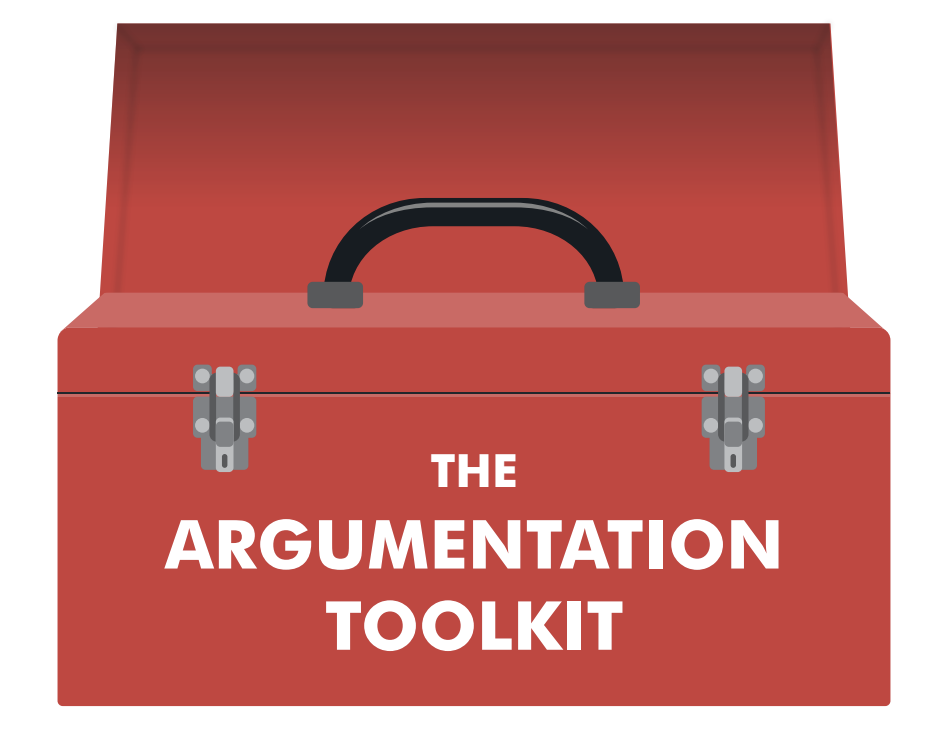How can you support student use of evidence in a scientific argument?
Advanced – Evidence and Reasoning Session 2
Session Goals:
- Teachers will help students identify high quality evidence.
- Teachers will support student use of evidence by providing feedback on evidence sufficiency, relevance, and source.
- Teachers will evaluate the quality of student evidence in argument.
Session Slides:
Advanced Evidence and Reasoning Session 2 PDF
Agenda:
*Extension- Try it with your students! Discussion
- Video: Student Use of Evidence
- Presentation: Evidence Rubric
- Activity: Using the Evidence Rubric to Evaluate Student Arguments
- Video: Student Peer Review
- Takeaways
*Extension – Using the Evidence Rubric!
*Extension Discussion – Try it with your students!
Share your experience:
- Share a sample of student writing.
Discussion Questions:
- What evidence did students use?
- How did students use reasoning?
- What challenges did you encounter in reviewing your students’ arguments?
1. Video: Student Use of Evidence
Watch a video of a student reading her argument.
Discussion Questions:
- What evidence did this student use in her argument?
- What feedback would you provide to her to improve her argument?
2. Presentation: Evidence Rubric
The goal of this session is to support student use of evidence by focusing on providing feedback on three critical areas: sufficiency, relevance, and source. The evidence rubric helps you identify strengths and weaknesses in student use of evidence.
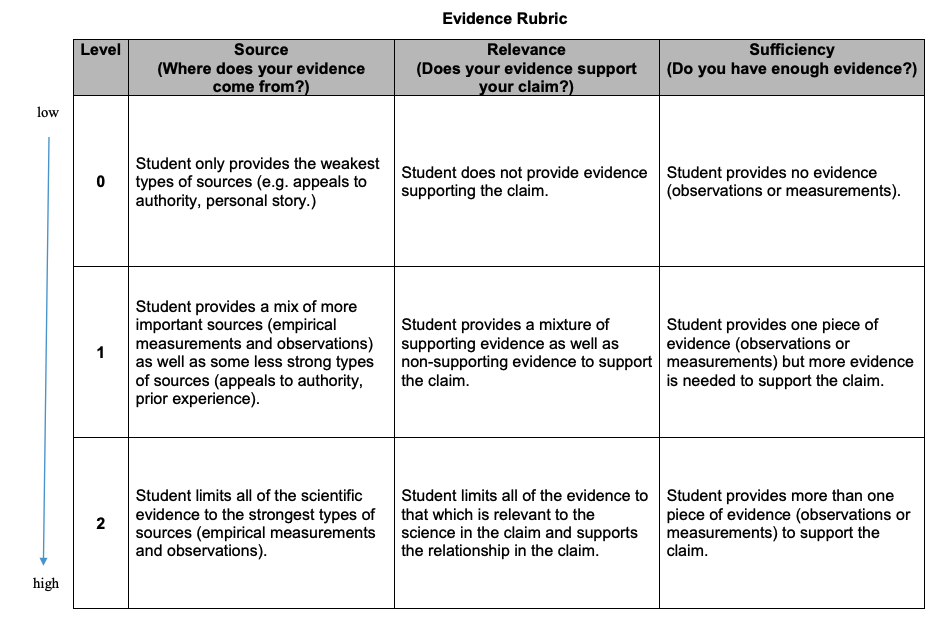
Note: There are questions at the top of each category in the rubric. This can guide your focus as a teacher, but can also support students in providing feedback to each other on their evidence.
Practice Using the Rubric:
This is an argument that took place during a pair discussion about where hurricanes are likely to occur.
“The hurricanes occur, like hurricane Sandy, it was on the East Coast, and on the diagram, it showed, remember it was really red and warm, and so that probably means, and like there’s never hurricanes here in California it seems like because the water’s so cold you know, and so it’s probably the reason why hurricanes only occur where there is warm water.” 6th grade student
Discussion Questions:
- How would you rate this student’s argument using the Evidence Rubric?
- What feedback would you provide?
Evidence Available:
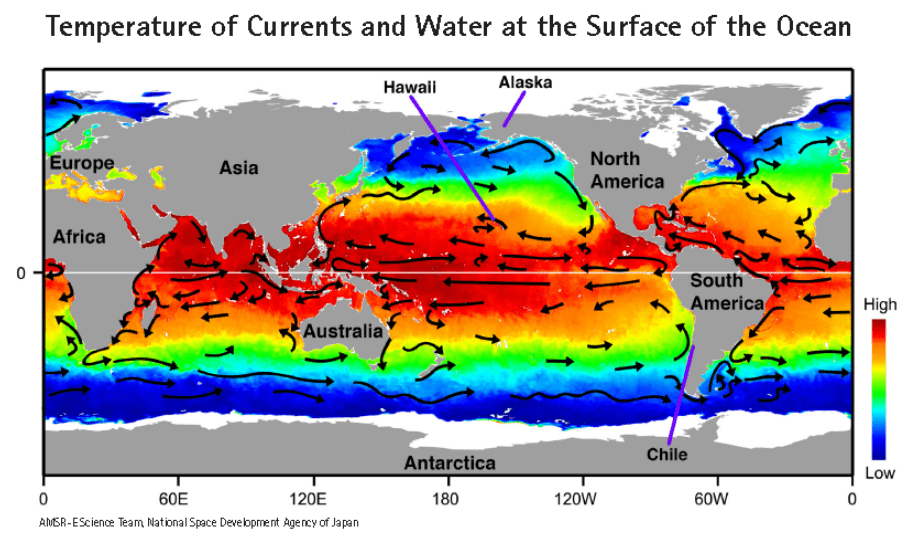
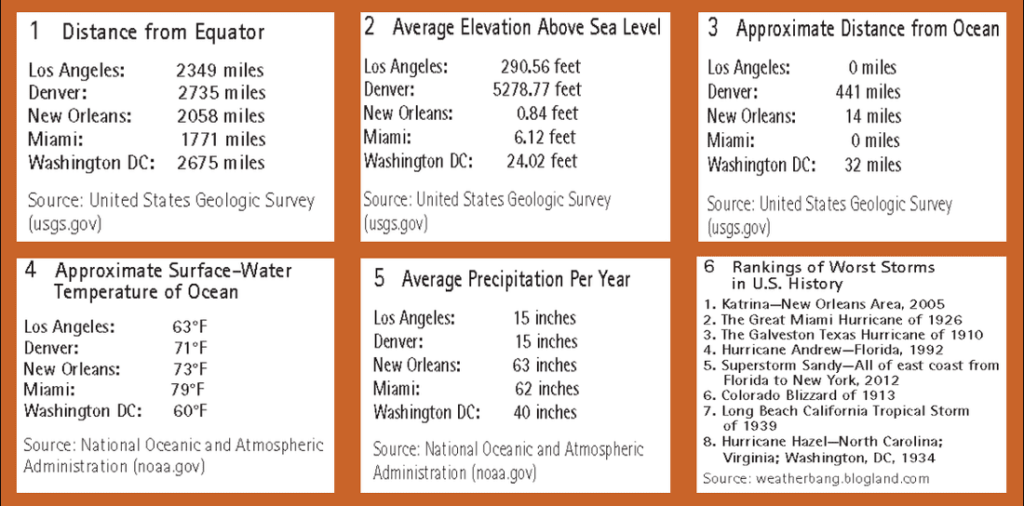
3. Activity: Using the Evidence Rubric to Evaluate Student Arguments
The task:
Work in small groups to evaluate written student arguments using the rubric.
Contextual background:
These 3 student arguments were written following an in class investigation in which students collected data using a simulation showing what a 1 lb ball would weigh if dropped on different planets. The question students answered was: How are the ball’s weight and mass affected when dropped on different planets?
Discussion questions:
What strengths and weaknesses does the rubric help you identity in student use of evidence? How does this help you provide feedback to students?What are the limitations of using a rubric like this?
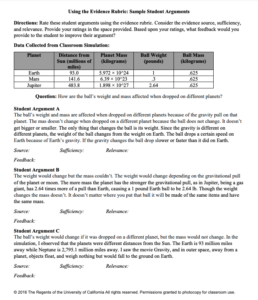
4. Video: Student Peer Review
Watch an excerpt of the video below, which shows students giving each other feedback (5:55-6:26).
Discussion questions:
- What are the strengths and weaknesses of the feedback students provide?
- How could this rubric be used as a tool to improve student feedback on evidence?
- What are the other ways you could support students in giving each other productive feedback?
5. Takeaways
- Common challenges students have with evidence are: relevance, sufficiency, and source.
- A rubric is a helpful tool for supporting student use of evidence.
- Students can receive feedback on their use of evidence by both their teacher and peers using the rubric.
*Extension- Using the Evidence Rubric!
The task:
- Use the Evidence Rubric to evaluate student use of evidence in a written or oral argument
- Be prepared to share your experiences using the rubric, including how the rubric was helpful for your instruction and what was challenging.
View Other Sessions
Advanced Evidence & Reasoning Agenda
| Session Name | Description | Length |
|---|---|---|
| Session #1: How are evidence and reasoning similar and different? | This session explores the overlap between evidence and reasoning in an argument, and helps teachers distinguish between the them. | 45 minutes |
| Session #2: How can you support student use of evidence in a scientific argument? | This session introduces the evidence rubric to help teachers provide feedback on student arguments. | 45 minutes |
| Session #3: How can you support student use of reasoning in a scientific argument? | This session introduces the reasoning rubric to help teachers provide feedback on student arguments. | 45 minutes |
| Session #4: How can you create classroom activities to target whole class challenges with evidence and reasoning? | This session provides teachers with work time to develop a lesson that supports student challenges with using evidence and/or reasoning. | 45 minutes |

